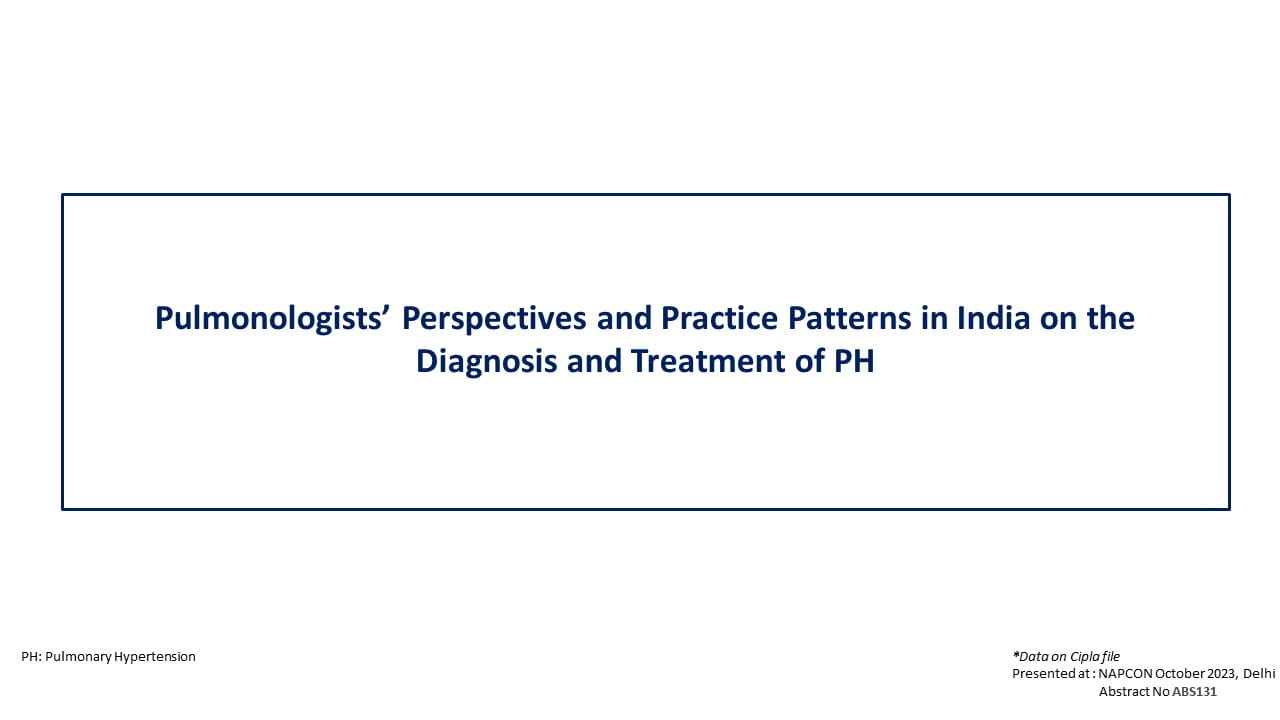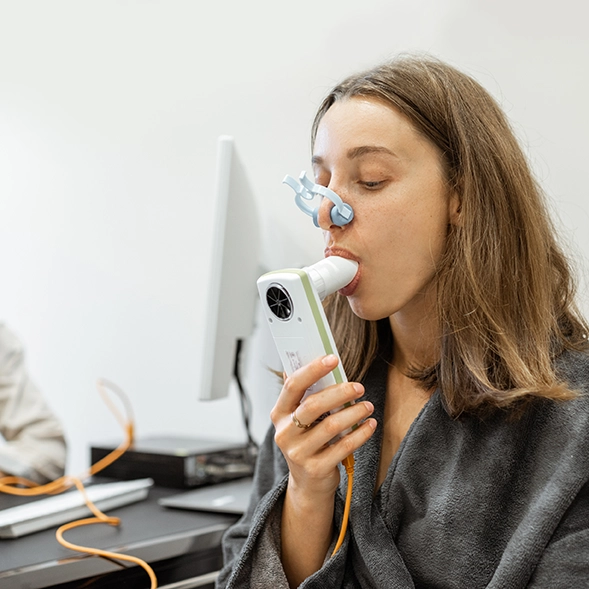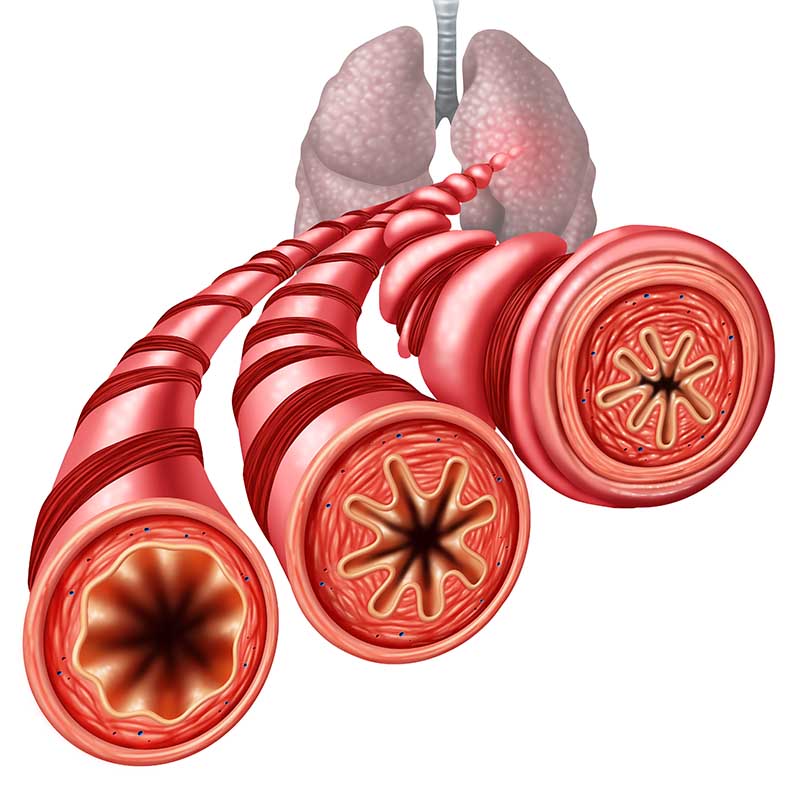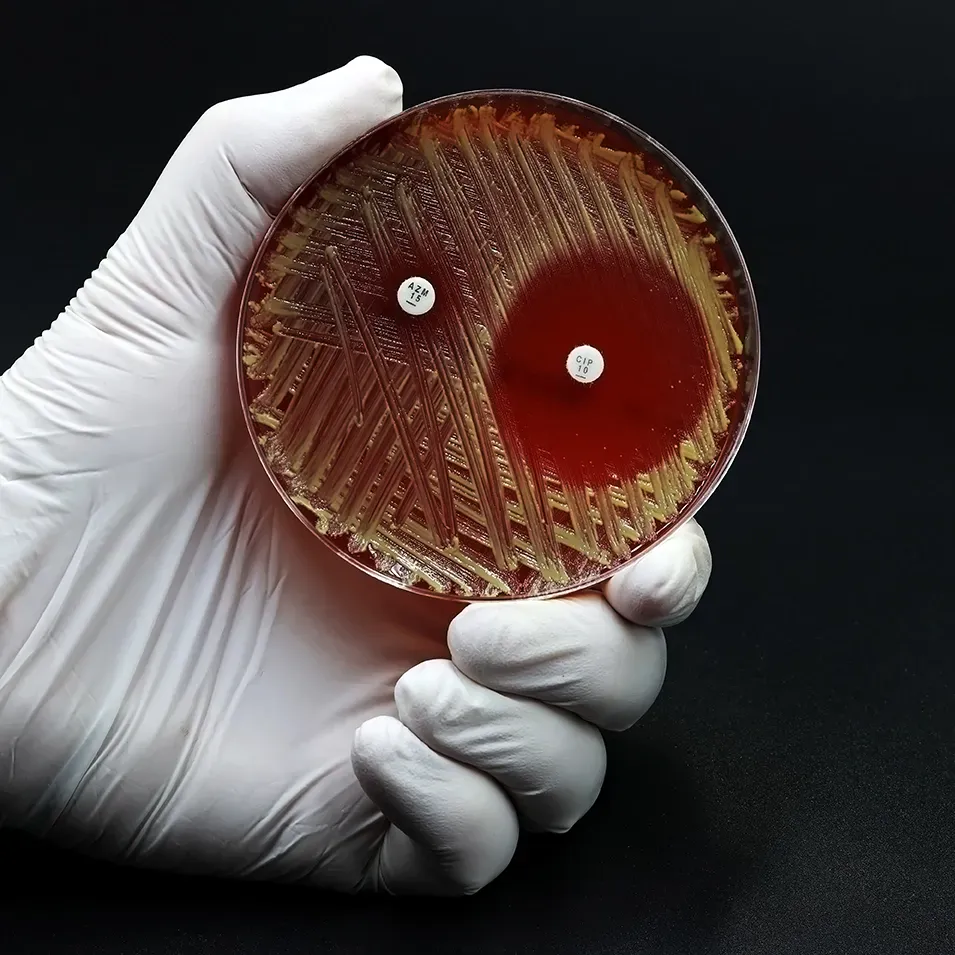Introduction
The prevalence of gastroesophageal reflex disease (GERD) is on rise in children. The diagnosis of GERD is usually based on the symptom presentation, endoscopic findings and response to proton pump inhibitor (PPI) therapy, but non-classic presentation along with unreliable symptom description in infants and children, makes diagnosis a challenging task. The standard diagnostic test for GER comprises of invasive intraluminal impedance pH probe monitoring. This invasive procedure is poorly tolerated by children, moreover; normative values for impedance data for children on PPI therapy are currently lacking. Pepsin as a biomarker for GER is gaining popularity, though the data in children are inconsistent.
Aim
To determine whether gastric pepsin A detected in saliva of children correlates with GER
Patient Profile
- Patients (aged below 18 years; n=52) with suspected GER who were admitted for 24-hour impedance probe monitoring
Methods
Study Design
- A prospective cross-sectional study
Assessments
- Salivary samples were collected for assessing gastric pepsin A with an enzyme-linked immunosorbent assay.
- The samples were collected prior to and immediately after probe insertion, before and one hour after eating, at bedtime and upon awakening throughout the impedance probe monitoring
Results
- Mean age of the study population was 8 years, 28 of them were males and 24 were females. A total of 417 salivary samples were collected during the study period.
- Fifty-seven samples (14%) were pepsin positive (>1.0 unit/ml; range1.0-310 units/ml) and 48% patients had at least one positive pepsin sample.
- The clinical, impedance and demographic characteristics did not differ significantly between patients who were pepsin positive or negative.
- Pepsin A had a sensitivity and specificity of 43% and 50%, respectively for predicting an abnormal impedance. The positive and negative predictive values for pepsin A were 24% and 70%, respectively.
- Amongst the pepsin A positive samples, 72% corresponded with a GER episode. Pepsin peak levels correlated significantly with acidic reflux.
Conclusions
- Pepsin A was detected in saliva of children undergoing assessment for GER, even in presence of acid suppression.
- Positive pepsin A was associated with a GER episode, with its peak value correlating with acidic reflux.
- The role of salivary pepsin as a marker for GER should be investigated further.
Acta Paediatr. 2020 Nov;109(11):2374-2379.










